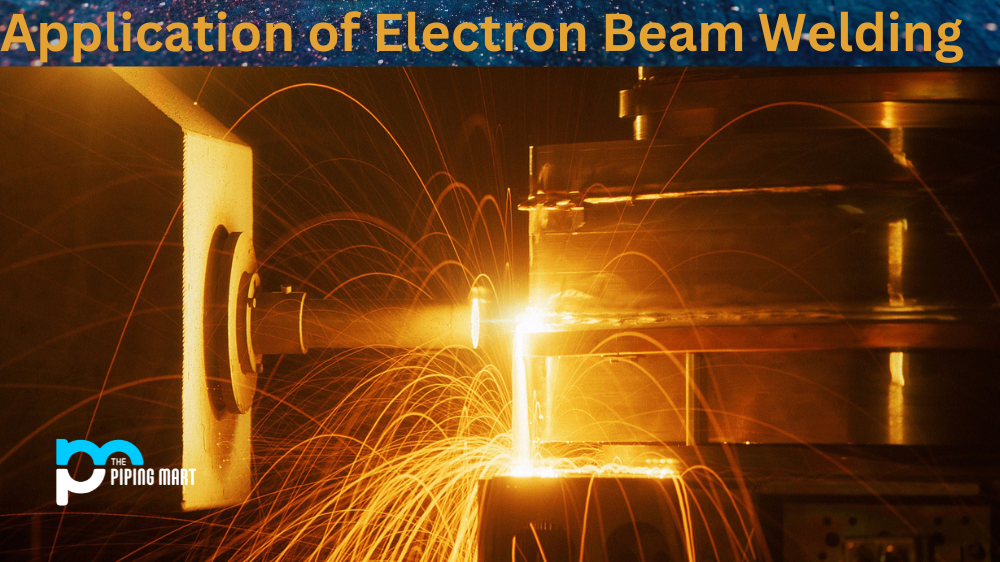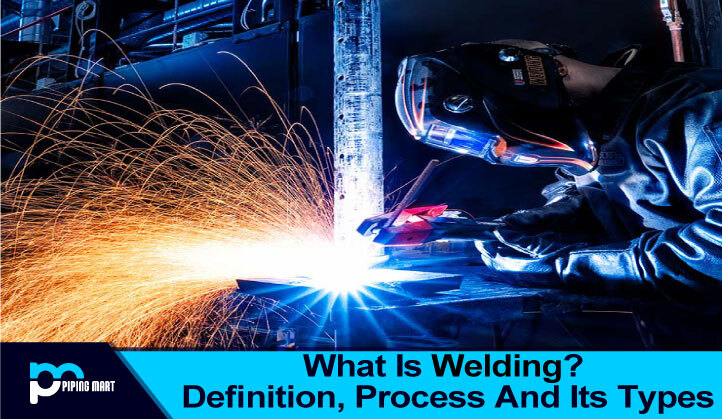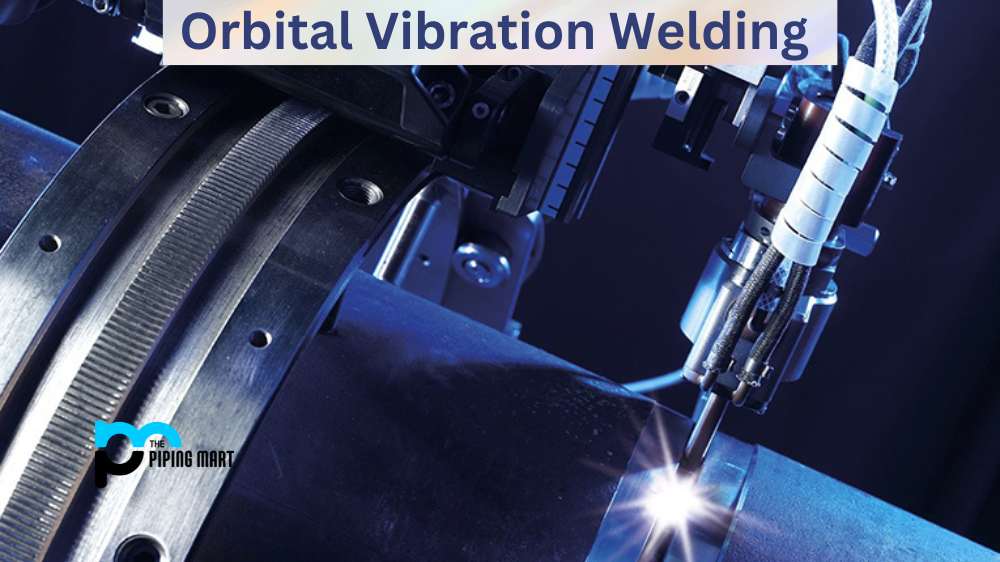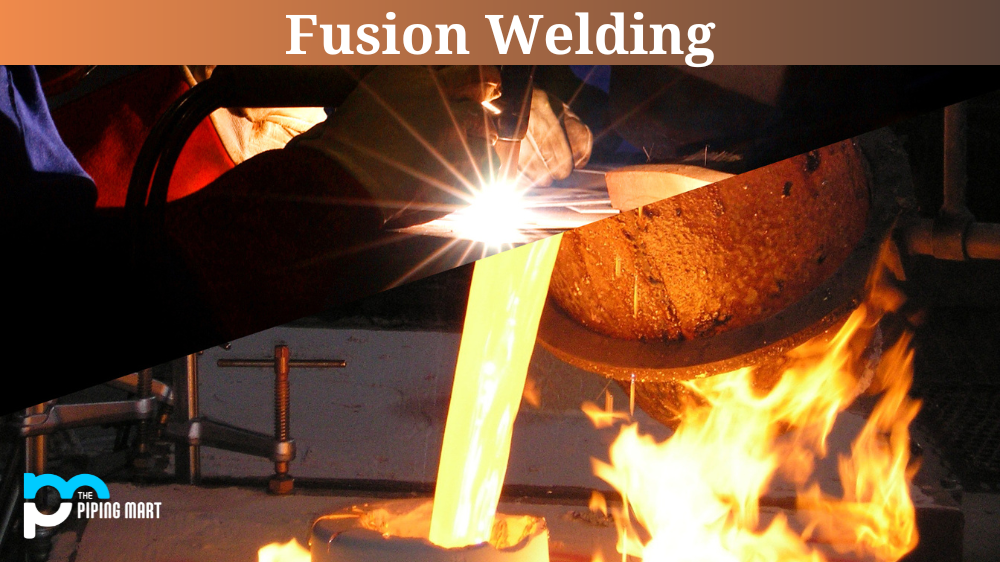Electron beam welding (EBW) is a specialized form of welding that uses high-energy electrons to create an intensely concentrated heat source. EBW produces high-quality welds in shorter time frames than traditional methods, making it an attractive option for many industries. Let’s take a closer look at the application of electron beam welding.
Electron Beam Welding Uses
EBW is used in many different industries due to its precision and efficiency. From aerospace components to medical implants, electron beam welding can provide reliable welds in a fraction of the time compared to other methods such as gas tungsten arc welding or resistance spot welding. EBW is particularly useful for thin sheets of metal, as it can penetrate through thin layers without distorting the material or creating excess heat on the surrounding area.
- Electron beam welding (EBW) is a welding process that uses a high-energy beam of electrons to melt and join metals.
- EBW is often used to weld metals that are difficult to weld using other methods, such as aluminum and stainless steel.
- EBW can also be used to weld metals that are sensitive to heat, such as titanium.
- EBW is a very precise welding method, which makes it ideal for joining small components or for welding in difficult-to-reach areas.
- EBW is a relatively expensive welding method, but its precision and versatility make it an excellent choice for many applications.
Advantages of Electron Beam Welding
One of the primary advantages of electron beam welding is its ability to produce very precise welds with minimal distortion or damage to the surrounding material. EBW also has a much higher speed than other forms of welding, allowing for faster production times and cost savings over time. Additionally, since there are no fumes or hazardous materials produced during EBW, it can be used safely in confined spaces with little risk to workers or bystanders. Finally, EBW offers greater flexibility when it comes to changing parts quickly; since it does not require any special preparation, you can switch between parts without any additional setup time required.
Electron Beam Welding Limitations
Though electron beam welding offers several advantages over traditional methods, there are some limitations that should be taken into consideration before using this type of technology. One limitation is cost; while EBW provides significant cost savings over time due to its increased speed and efficiency, the initial investment in equipment may be too expensive for some businesses or applications. Additionally, because EBW requires a vacuum chamber for operation, it cannot be used outdoors or on large structures like bridges or ships. Lastly, EBW requires highly trained operators in order to ensure accurate results and prevent costly mistakes from occurring during operation.
Conclusion:
In summary, electron beam welding provides a fast and efficient way for businesses to get their products manufactured quickly and accurately with minimal distortion or damage to surrounding materials. Though there are some drawbacks associated with this type of technology such as cost and environmental factors, these are generally outweighed by its overall cost savings benefits due to increased speed and precision when compared with other forms of welding. As such, electron beam welding is becoming increasingly popular among companies looking for ways to optimize their manufacturing processes while still maintaining high standards for quality control.

Abhishek is a seasoned blogger and industry expert, sharing his insights and knowledge on various topics. With his research, Abhishek offers valuable insights and tips for professionals and enthusiasts. Follow him for expert advice on the latest trends and developments in the metal industry.




